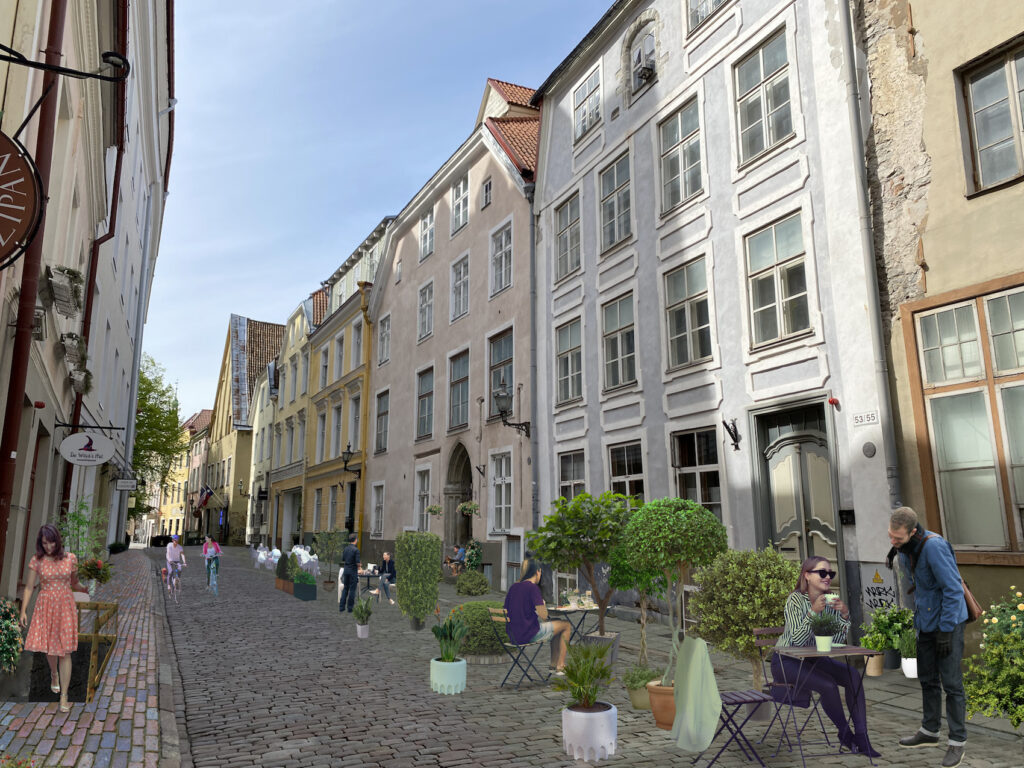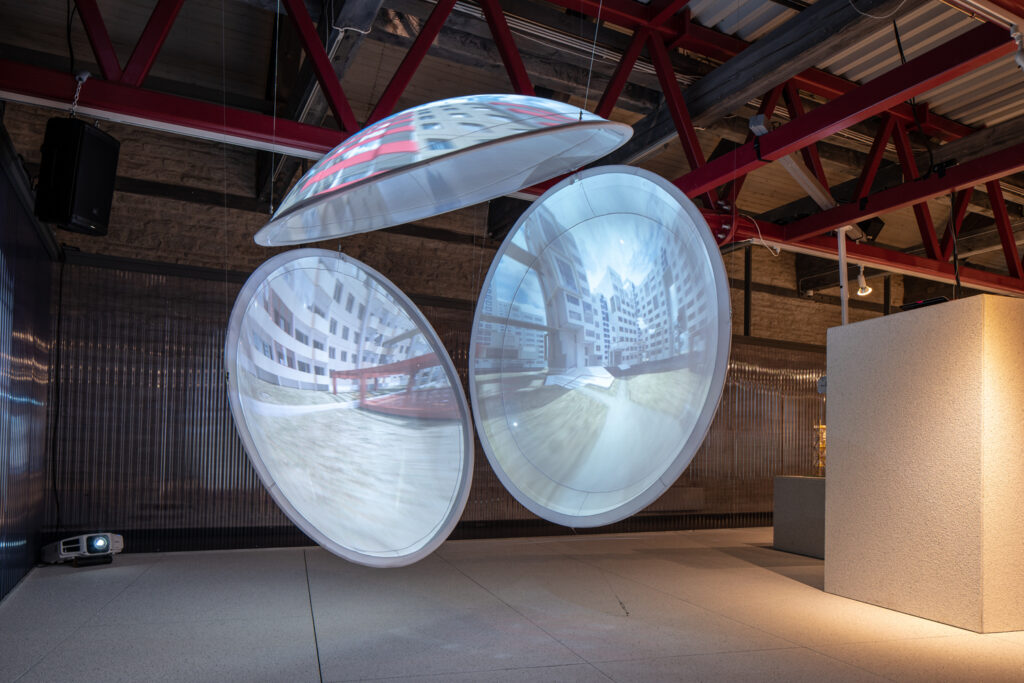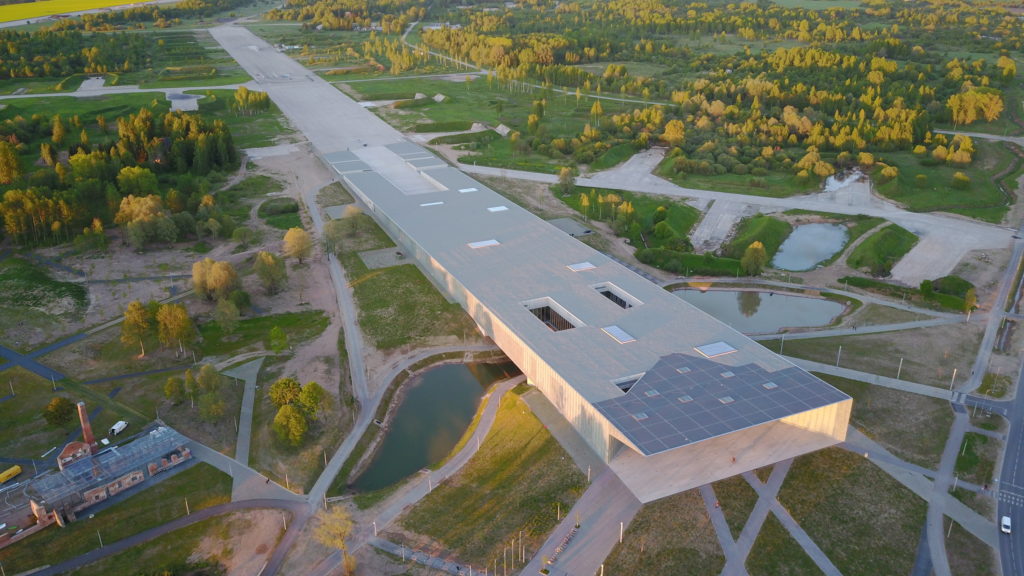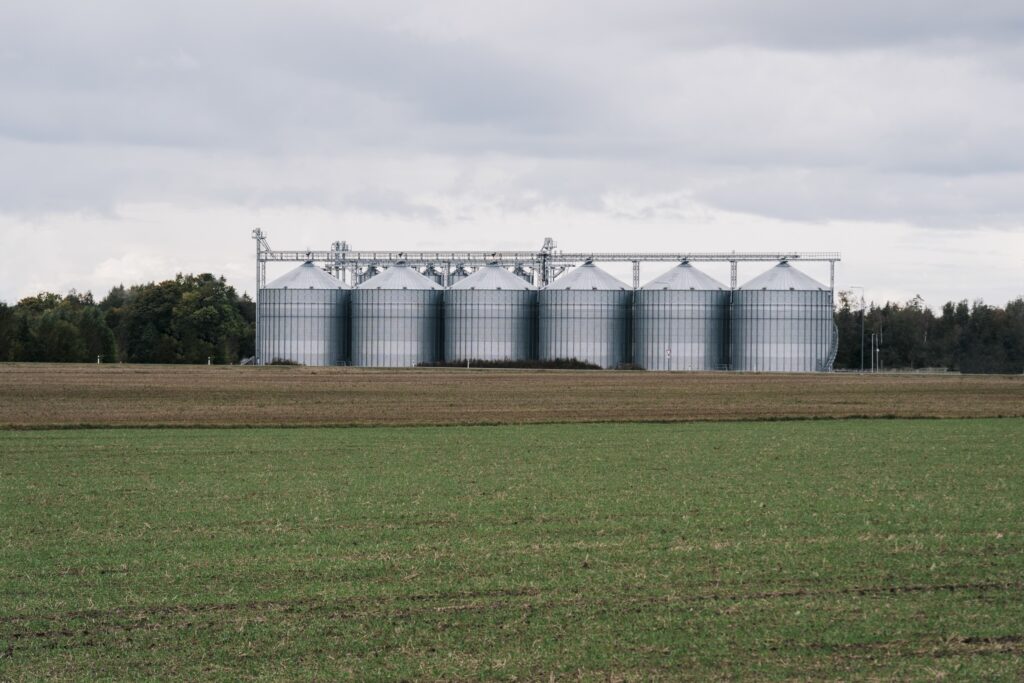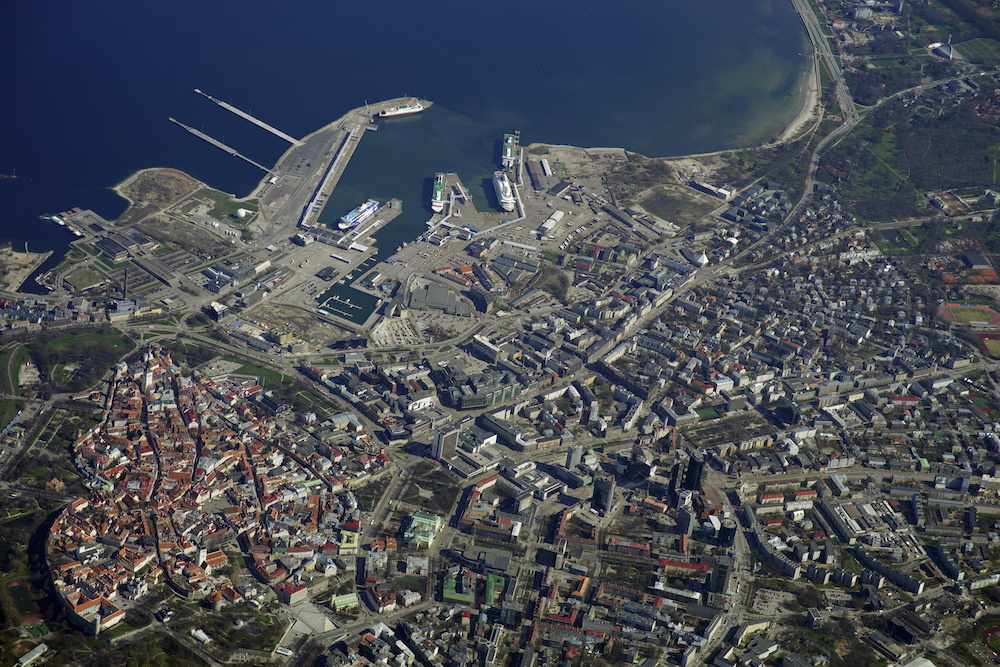The Urban Forum held on June 14th–15th was looking for the subtle balance between the activities of visitors and locals as well as the old and the innovative new.
Living close to water is good for our health: it reduces the risk of premature death, obesity, and has a generally restorative effect on people’s mental and physical health. 1 In the city, water is often so near, yet so far. Did you know there are more canals in Birmingham than there are in Venice, but people have been separated from the water by bad urban space? Tallinn has a long coastline but there are very few places in the centre where you can access the sea at all.
The group exhibition, The Houses We Need at Estonian Museum of Architecture (11.06-21.11.2021) showcases 16 commissioned designs for houses ‘with the aim of ensuring a more beautiful, secure and peaceful future on planet Earth’.
Andres Sevtsuk is a Professor of Urban Science and Planning at the Department of Urban Studies and Planning at MIT, where he also leads the City Form Lab. Maroš Krivý is a professor of Urban Studies at the Estonian Academy of Arts.They shared their insights on current state and challenges of Estonian architecture.
Which building or architectural project has seemed the most enigmatic to you? In this way, remained somewhat inexplicable, yet spoken to you through time? What is it about a building that enables us to say, “Architecture is an art of space“?
Here in front of us is according to the plan “a simple and practical” factory building1 and we are chatting with the designer: “The architect has nothing much to do in designing a rapeseed dryer and storage depot. The engineers prepare the main drawings. For the rapeseed processing factory building, the architect only had to conceive the walls around it. The entire complex can be controlled also from a mobile phone.”
Is EV100 Great Public Space programme revealing or creating the uniqueness of small towns?
Spectrum thinking has freed him from the constraints of the black-and-white view of the world: drifting in semitones allows him to choose only the topics that fire him up. Everything you start with must be finished, the process is facilitated by the main tool of concentration that to outsiders seems deceivingly chaotic.
In 2007, the city council again approved the concept “Opening Tallinn to the Sea” with one of its aims including a populated urban space. The simultaneous activities – seaside arterial roads and the wire fences obstructing the sea views and the use of the coast, however, were entirely contrary
No more posts
ARCHITECTURE AWARDS


